Outside vs. terrarium
olympus8mp
17 years ago
Related Stories
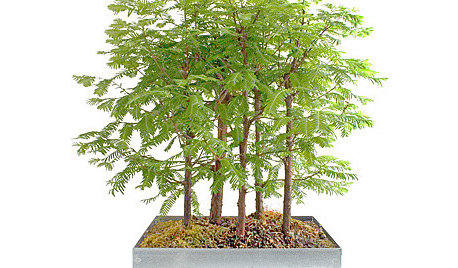
PRODUCT PICKSGuest Picks: Get Work Done on a Sunny Spring Day
It's gorgeous outside, but you're stuck at your desk. Here's how to work while still enjoying all that spring has to offer
Full Story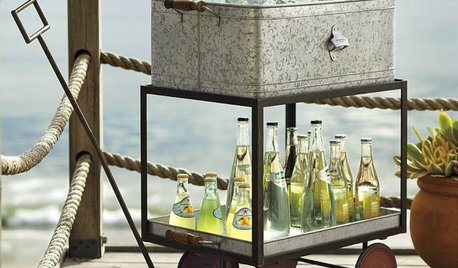
ENTERTAININGGuest Picks: Garden Party Spruce-Up
Warm weather is calling. Celebrate with a party set outside under the sun
Full Story0

HOUSEPLANTSBaby Tears Mimics Moss for a Green Accent Indoors
This adaptable spreader thrives in water or soil, making it a terrific addition to containers and living walls
Full Story
PRODUCT PICKSGuest Picks: Heed Your Animal Instinct
Avoid beastly dullness by bringing in the raw energy of animal prints, patterns and accessories
Full Story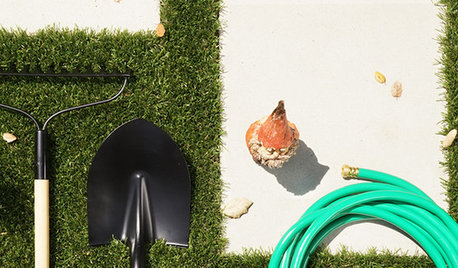
SHOP HOUZZHouzz Products: Spring in the Garden
Have even more fun in the garden this spring with handy potting benches, outdoor accessories and tools from the Houzz Products section
Full Story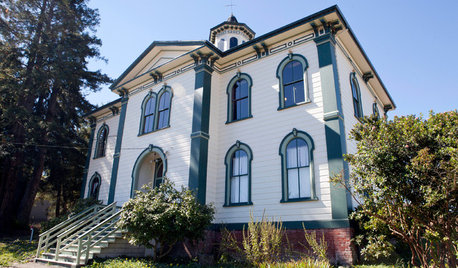
HISTORIC HOMESHouzz Tour: Meet the Schoolhouse Saved By ‘The Birds’
Once featured in Hitchcock’s feathery film, this schoolhouse has stood the test of time
Full Story
HOUSEPLANTS8 Essentials for Healthy Indoor Plants
Houseplants add so much to our homes — and can thrive when grown in the right conditions. Keep these tips in mind
Full Story
GARDENING GUIDESWhat Kind of Roses Should You Grow?
Want to add the beauty of roses to your garden? Find out which ones, from old-fashioned to modern, are right for you
Full Story
CONTAINER GARDENSHappy Houseplants, Happy People
Potted plants add life and beauty to a room. Learn easy ways to keep them healthy
Full Story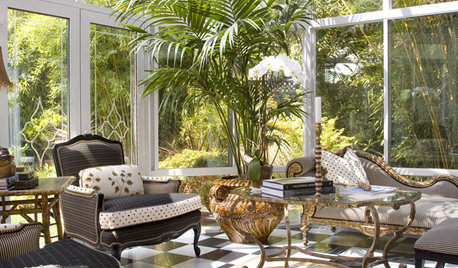
DECORATING GUIDESGo for a Greenhouse Effect With an Exotic Conservatory
Cultivate a rarified hothouse feel with or without all-glass walls; these inspiration photos and product picks show you how
Full StorySponsored






mutant_hybrid
olympus8mpOriginal Author
Related Professionals
Harrison Landscape Architects & Landscape Designers · Addison Landscape Contractors · Beachwood Landscape Contractors · Brookfield Landscape Contractors · Danvers Landscape Contractors · Desert Hot Springs Landscape Contractors · Fuquay-Varina Landscape Contractors · Glendale Heights Landscape Contractors · New Braunfels Landscape Contractors · Palos Verdes Estates Landscape Contractors · San Benito Landscape Contractors · Setauket-East Setauket Landscape Contractors · Rancho Cordova Swimming Pool Builders · South Riding Swimming Pool Builders · Visalia Swimming Pool Buildersmutant_hybrid
mutant_hybrid
olympus8mpOriginal Author
mutant_hybrid
olympus8mpOriginal Author
olympus8mpOriginal Author
olympus8mpOriginal Author
mutant_hybrid
olympus8mpOriginal Author
jonocross
mutant_hybrid